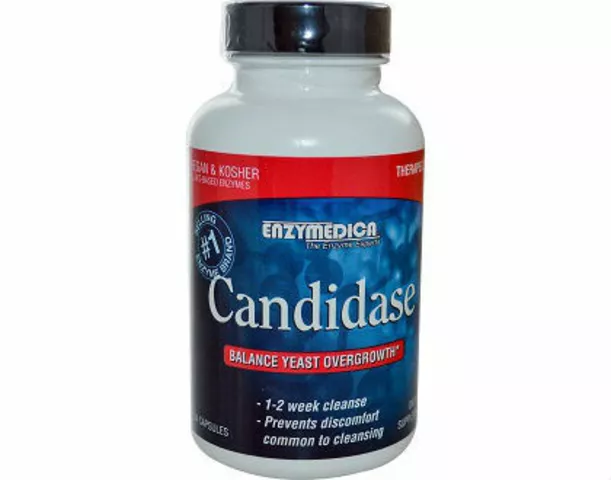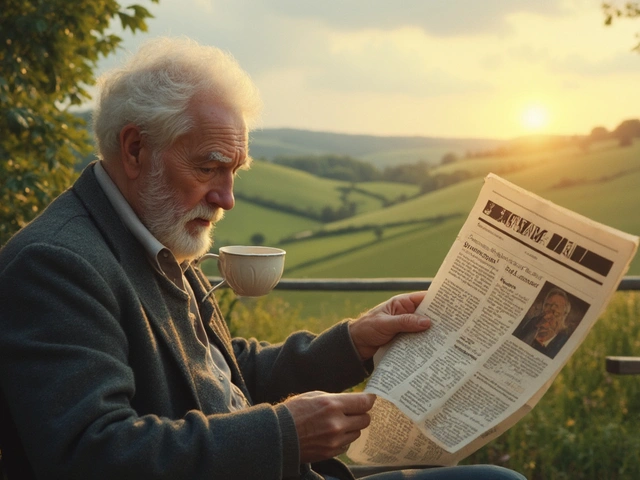Hydrea Uses, Side Effects, and Real Patient Experiences
Clear answers about Hydrea—what it is, why doctors use it, what to expect, and critical patient tips for dealing with side effects or therapy changes.
If you’ve heard the term myelofibrosis and feel a bit lost, you’re not alone. In plain terms, it’s a rare blood disorder where scar tissue builds up in the bone marrow – the spongy stuff inside our bones that makes blood cells. This scarring stops the marrow from doing its job properly, so your body can end up low on red cells, white cells, and platelets.
Because the disease develops slowly, many people don’t notice anything until they’re hit with fatigue or an enlarged spleen. The good news is that once you know what to look for, doctors have several ways to confirm it and a growing list of treatments to keep symptoms in check.
The first sign most patients report is feeling unusually tired, even after a good night’s sleep. That fatigue comes from anemia – not enough red blood cells carrying oxygen around your body. You might also notice easy bruising or frequent nosebleeds because platelet counts can drop.
Another hallmark is an enlarged spleen (splenomegaly). When the marrow can’t make enough blood cells, the spleen tries to pick up the slack and swells. A big spleen can cause a feeling of fullness in your left upper abdomen, early satiety, or pain after meals.Other clues include night sweats, weight loss without trying, and bone pain that feels like a dull ache. If any of these pop up, especially together, it’s worth getting checked out. A quick blood test (CBC) will show low counts and may raise the suspicion of myelofibrosis.
Once your doctor confirms the diagnosis with a bone marrow biopsy, they’ll talk about treatment goals. The main aim is to improve quality of life, not necessarily cure the disease – although newer drugs are changing that outlook.
For many, the first step is supportive care: regular blood transfusions for anemia and medications like hydroxyurea to keep blood counts stable. If your spleen gets too big or painful, a splenectomy (spleen removal) might be on the table, but it’s usually a last resort.
Targeted therapies have become popular in recent years. JAK inhibitors such as ruxolitinib can shrink the spleen and reduce symptoms like night sweats. They work by blocking a pathway that fuels the scar tissue growth. Talk to your doctor about side effects – they’re usually manageable, but monitoring is key.
Clinical trials are another option if you want access to cutting‑edge drugs. Many centers run studies on new JAK inhibitors, interferon‑alpha, or even gene‑editing approaches. Ask your healthcare team if any trial fits your situation.
Beyond medicine, lifestyle tweaks make a big difference. Keep iron levels steady by eating iron‑rich foods (red meat, beans, leafy greens) and stay hydrated. Gentle exercise – walking, yoga, or light resistance work – helps maintain muscle mass when anemia saps your energy.
Regular follow‑ups are essential because blood counts can swing quickly. Keep a symptom diary so you can spot patterns and discuss them with your doctor. And don’t forget mental health; fatigue and chronic illness can be draining, so consider counseling or support groups for extra encouragement.
Bottom line: myelofibrosis is a serious condition, but early detection, modern meds, and solid self‑care can keep you feeling active and in control. If something feels off, trust your gut and get checked – it could be the first step toward better health.
Clear answers about Hydrea—what it is, why doctors use it, what to expect, and critical patient tips for dealing with side effects or therapy changes.
Hey there, folks! Let's talk about something a bit serious, but I promise, we'll keep it light-hearted. You know, melanoma, that pesky skin cancer, has a funny way of playing tag with the aging process. As we age, our skin becomes a storyteller, showcasing tales of our life, but sometimes it can tell a tale of melanoma. Studies indicate that the older we get, the chances of melanoma popping up increases - it's like it's got an invitation to our birthday party every year! So, folks, let's stay vigilant, keep an eye on our skin, and make sure the only thing aging gives us are wisdom and maybe a few wrinkles!

As a blogger, I've recently delved into the politics of contraception, a topic full of policies and controversies. It's fascinating to see how different countries and cultures approach this issue, with varying degrees of acceptance and accessibility. I've also observed the impact of religious beliefs and political ideologies on these policies, leading to heated debates and differing opinions. Moreover, the importance of comprehensive sex education cannot be overstated in order to promote informed decision-making. Ultimately, it's crucial for us to continue discussing this topic to ensure everyone's right to make choices about their reproductive health.

Calcitriol, the active form of vitamin D, plays a vital role in maintaining a healthy immune system. It helps regulate our immune response by promoting the production of antimicrobial proteins and reducing inflammation. Additionally, calcitriol supports the function of immune cells, such as T cells and macrophages, which are crucial in fighting off infections. Furthermore, studies have shown that adequate levels of vitamin D can help prevent respiratory illnesses and autoimmune diseases. In summary, maintaining optimal levels of calcitriol is essential for a strong and well-functioning immune system.

Compare Movfor (molnupiravir) with Paxlovid, Remdesivir, and other COVID-19 antivirals to understand effectiveness, side effects, cost, and who should take what. Make an informed choice based on your health and meds.

Pancreatic cancer, often detected too late, poses higher risks as we age. This article explores why aging increases vulnerability to this aggressive cancer, highlighting crucial warning signs and the importance of early detection. Find practical tips for reducing risks and insights into the latest research. The link between age and pancreatic cancer isn't just a number game—it involves lifestyle and genetic factors, which we'll unpack.
